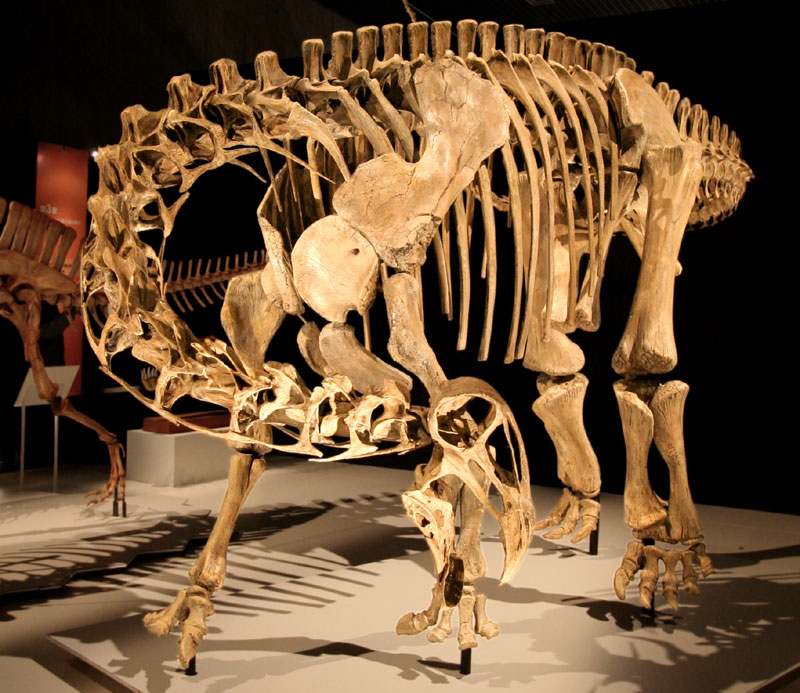The Nigersaurus: Unveiling the Dinosaur with 500 Teeth
Imagine a bizarre, long-necked dinosaur with a vacuum cleaner-like muzzle filled with over 500 teeth constantly being replaced. This isn’t science fiction; it’s the reality of the Nigersaurus, a fascinating herbivore that roamed the Earth during the Cretaceous period. This article delves into the unique characteristics of the Nigersaurus, exploring its specialized teeth, feeding habits, and the paleontological discoveries that brought this incredible creature to light.
Unveiling the Nigersaurus: A Creature of Curious Design
The Nigersaurus was a sauropod, a group of long-necked, plant-eating dinosaurs known for their immense size. However, the Nigersaurus stood out from its kin with its peculiar skull and dental anatomy. Here’s what made this dinosaur special:
-
Broad, Vacuum Cleaner-like Muzzle: Unlike other sauropods with pointed snouts, the Nigersaurus possessed a wide, flat muzzle, ideal for close-to-the-ground browsing.
-
Staggering Tooth Count: The most striking feature – the Nigersaurus boasted over 500 teeth packed into its jawbones. These weren’t large, sharp teeth, but small, peg-like structures constantly replaced in a process known as polyphyodonty.
-
Specialized Jaw Structure: The tooth-bearing bones (premaxilla and dentary) were rotated outwards compared to other dinosaurs, allowing all 500+ teeth to be positioned at the front of the muzzle for efficient grazing.
A Life of Constant Chomping: The Nigersaurus’ Feeding Habits
The Nigersaurus’ unique anatomy suggests a specialized feeding strategy:
- Selective Grazing: With its broad muzzle and numerous small teeth, the Nigersaurus likely focused on consuming soft, low-lying vegetation. It could have targeted specific types of ferns, mosses, and horsetails that thrived during the Cretaceous period.
- High-Volume, Low-Quality Diet: The sheer number of teeth and their rapid replacement suggest the Nigersaurus processed vast quantities of plant material. It likely prioritized quantity over quality, consuming large amounts of low-nutrient vegetation to meet its dietary needs.
- Grazing on the Move: While the Nigersaurus’ short neck limited its reach compared to other sauropods, its ability to graze close to the ground might have allowed it to exploit a different food source niche within its ecosystem.
A Discovery from the Sahara: Unveiling the Nigersaurus
The story of the Nigersaurus began in 1976 during a paleontological expedition in the Republic of Niger, located in the heart of the Sahara Desert. Here’s how this unusual dinosaur came to light:
- Unearthing the Skull: A team led by paleontologist Paul Sereno discovered a partial skull unlike any dinosaur skull seen before. The wide muzzle and numerous teeth hinted at a highly specialized feeding adaptation.
- Digital Reconstruction: Due to the skull’s delicate nature, one of the first applications of CT scanning technology was used to create a detailed digital reconstruction. This allowed scientists to meticulously analyze the skull’s intricate features.
- A Name is Born: The dinosaur was named Nigersaurus taqueti in honor of the Republic of Niger (Niger) and Philippe Taquet, a paleontologist involved in the discovery.
The Nigersaurus: A Testament to Dinosaur Diversity
The Nigersaurus stands as a testament to the incredible diversity of the dinosaur kingdom. Its unique dental adaptations and feeding strategy highlight the various ecological niches dinosaurs occupied during their reign. Studying dinosaurs like the Nigersaurus helps us piece together the complex ecosystems of the prehistoric world.
Frequently Asked Questions (FAQ) About the Nigersaurus
1. How big was the Nigersaurus?
While not as massive as some sauropods, the Nigersaurus was still a considerable creature. Estimates suggest it reached lengths of around 30 feet (9 meters) and weighed approximately 4 tons (3.6 metric tons).
2. When did the Nigersaurus live?
The Nigersaurus lived during the Cretaceous period, roughly 110 to 105 million years ago. It roamed what is now the Sahara Desert, a lush and vibrant ecosystem at the time.
3. What other dinosaurs lived alongside the Nigersaurus?
The Nigersaurus likely shared its habitat with various dinosaurs, including the giant predator Suchomimus, the herbivores Ouranosaurus and Lurdusaurus, and even the formidable “supercroc.”
4. Are there any other dinosaurs known for having a high tooth count?
Hadrosaurs, also known as duck-billed dinosaurs, possessed numerous teeth packed into their jaws. However, unlike the Nigersaurus’ small, peg-like teeth, hadrosaur teeth were more complex and varied depending on their position in the jaw.
5. How did the Nigersaurus’ feeding strategy differ from other sauropods?
Most sauropods were bulk feeders, relying on their large size and long necks to reach high foliage. The Nigersaurus, with its short neck and specialized teeth, likely focused on consuming low-lying plants in a more selective manner.
6. What can the Nigersaurus tell us about the environment of the Cretaceous period?
The presence of the Nigersaurus suggests a diverse plant community existed in its habitat. The abundance of low-lying vegetation suitable for the Nigersaurus’ browsing behavior indicates a lush environment with a variety of flora.
7. Are there any ongoing studies or discoveries related to the Nigersaurus?
Paleontological research is a continuous process. New fossil discoveries or advancements in analysis techniques could shed further light on the Nigersaurus’ behavior, physiology, or even its place within the sauropod family tree.
The Enduring Legacy of the Nigersaurus
The Nigersaurus, with its bizarre anatomy and fascinating feeding adaptations, continues to capture the imagination of paleontologists and dinosaur enthusiasts alike. It serves as a reminder that the prehistoric world was teeming with creatures unlike anything we see today. As we continue to unearth fossils and delve deeper into paleontological research, the story of the Nigersaurus and its kin continues to unfold, offering a glimpse into the remarkable diversity of life on Earth millions of years ago.
Read more about it:https://greyhoundsverdevalley.com/what-time-is-the-super-bowl/



